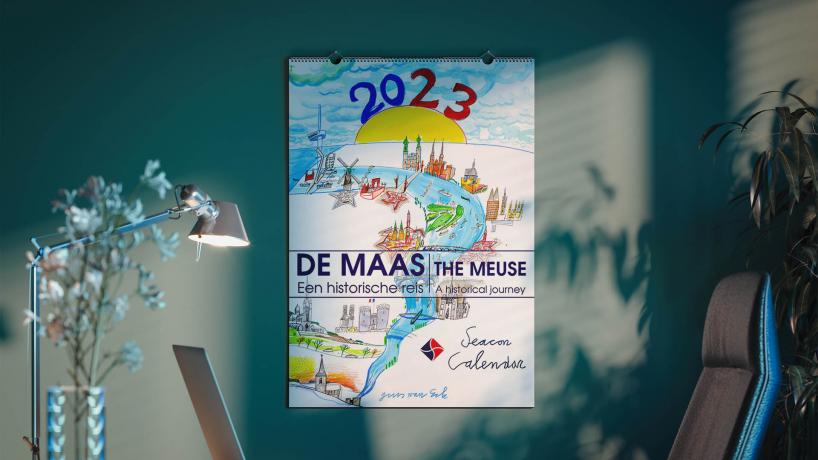
Guus van Eck kalender 2023
Guus van Eck kalender 2023
Sinds 2009 brengen we traditiegetrouw een Seacon Logistics kalender uit in samenwerking met kunstenaar Guus van Eck.
Iedere maand onthullen we een bijzonder schilderij (gouache) van de 2023 kalender. Ontdek ze hieronder.

februari
Joan of Arc
Joan of Arc was born in Domrémy in 1412. On the left, on the hill, is the Basilica of Bois-Chenu, dedicated to Joan of Arc. It is built on the exact spot where she is said to have heard the voices of saints, calling her to save France. On 30 May 1431, she was condemned a heretic and ended up being burned at the stake.
JUlI
Keverberg Castle
In the 10th century, Keverberg Castle was the power centre of the county of Kessel, which included present-day northern Limburg and parts of North Rhine Westphalia. It was situated at an important intersection of trade routes over water and land. In 2015, the castle was rebuilt on the old ruins and restored to its former glory.
September
Grave
Grave is a fortified town and part of the municipality of Land van Cuijk. Its name derives from the word ‘graft’, meaning dig or moat. The John S. Thompson bridge in Grave was a key strategic location in Operation Market Garden. An extensive locks and dams complex can be found under the bridge.
December
Venlo
In the early Middle Ages, Venlo was already an important fortified city due to intensive trade and transshipment across the Meuse. This earned it city rights in 1343. During the Eighty Years' War, the Spaniards built Fort St Michiel in Blerick. Construction started on 29 September 1641. The fort is named after the Archangel Michael, the guardian angel of justice, mercy and righteousness .
Venlo is Seacon's home port!











